Meet the ‘Camera Girl’ Who Chronicled the Pulsating Hedonism of 80s New York
By Upasana DasYellow cap paired with a blue satin shirt, Grace Jones has arrived at The Savoy. Her thumbnail has a tiny red crown stamped on it. It is 1981 and Sharon Smith is doing her rounds as a camera girl in the Midtown Manhattan club, when she approaches Grace with her Polaroid. It was not the first time she was catching Grace at one of these clubs. The last year, she’d photographed a surprisingly relaxed, and thus intimate portrait of Bowie at The Ritz, after he saw her Polaroid and turned his face for her, posing.
However, it was not them that Sharon was dressing up in fingerless gloves and a black dress and carrying a Polaroid around the clubs every night for – it was the ones with the recently dyed pink hair leaving a stain on their necks, the ones using plastic forks as charms, the Michael Jackson look alike contests, men dressed as geishas on Halloween, and drug dealers dressed as suburban doctors.
Sharon isn’t going to the clubs anymore. “I did go to a performance that Honey Dijon did last month,” she said. It was an electrifying atmosphere in the ‘80s, with the New York creative scene down at the clubs, intense music, hooking up and dancing, as young people – and even much older, thronged to the clubs. Two older regular ballroom dancers sleep, holding each other’s hands, tired out, at Roseland Ballroom. Forty years after leaving the clubs, Sharon just released Camera Girl – giving us a little glimpse of clubbing and dressing up in the ‘80s, right before the AIDS crisis – and she tells Something Curated all about it.
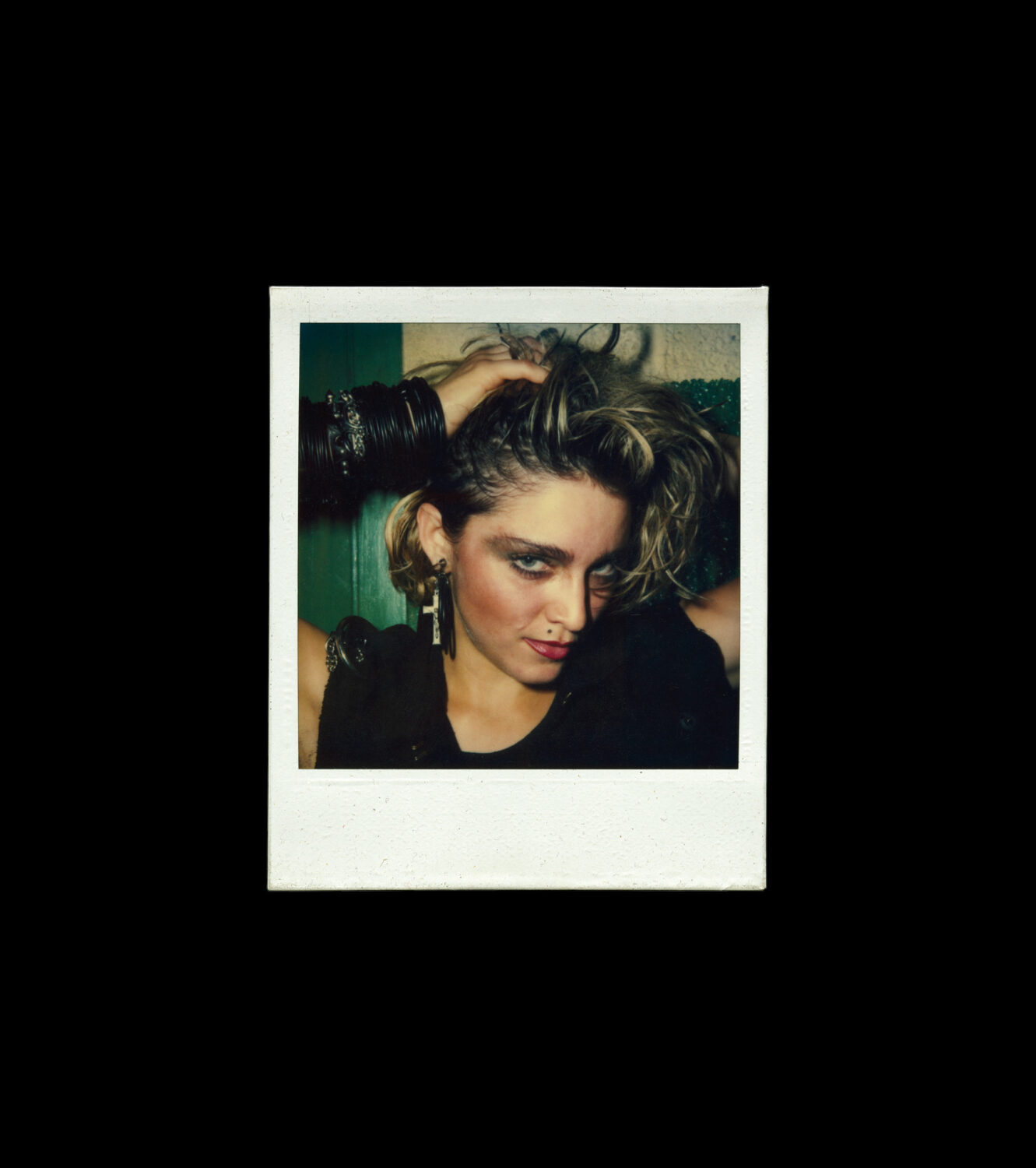
So, you arrived in New York in 1978?
Yes, I grew up in Dallas, Texas. And I went to college in Nashville, Tennessee – I lived in a hippie commune in Virginia – a lot of those people were still involved in the back-to-the-land movement, and were living in the country, raising their food. Some of them were, I would say, spiritual travellers, who were traveling everywhere – to India, South America. I went to photo school in Upstate New York, and then I moved to New York.
When did you pick up a camera?
Probably like 1973 or 1974. My first camera was a Pentax SLR. Then I had an Olympus and eventually I had a Polaroid. I was at an age where I was really looking for something – and when I picked up a camera and looked at the world through the viewfinder, I was like, “Oh my god, it’s so much fun to frame the world the way I would like to see it.” I wanted to learn how to print photos in the dark room, so, I went to a community college near Washington DC, and I started taking photo lessons.
So, this was before New York?
Oh yeah, that was before New York. The school that I went to, on the bulletin board was a notice for this place called Apeiron Workshops, which was a photographic workshop centre in Upstate New York with very well-known art photographers. So, I took a workshop with the photographer Ralph Gibson. That was mind-blowing for me. That was a one-week experience, and I went back to Virginia and then I decided that I wanted to move there. I attended their residence programme in 1976 and then started working there.
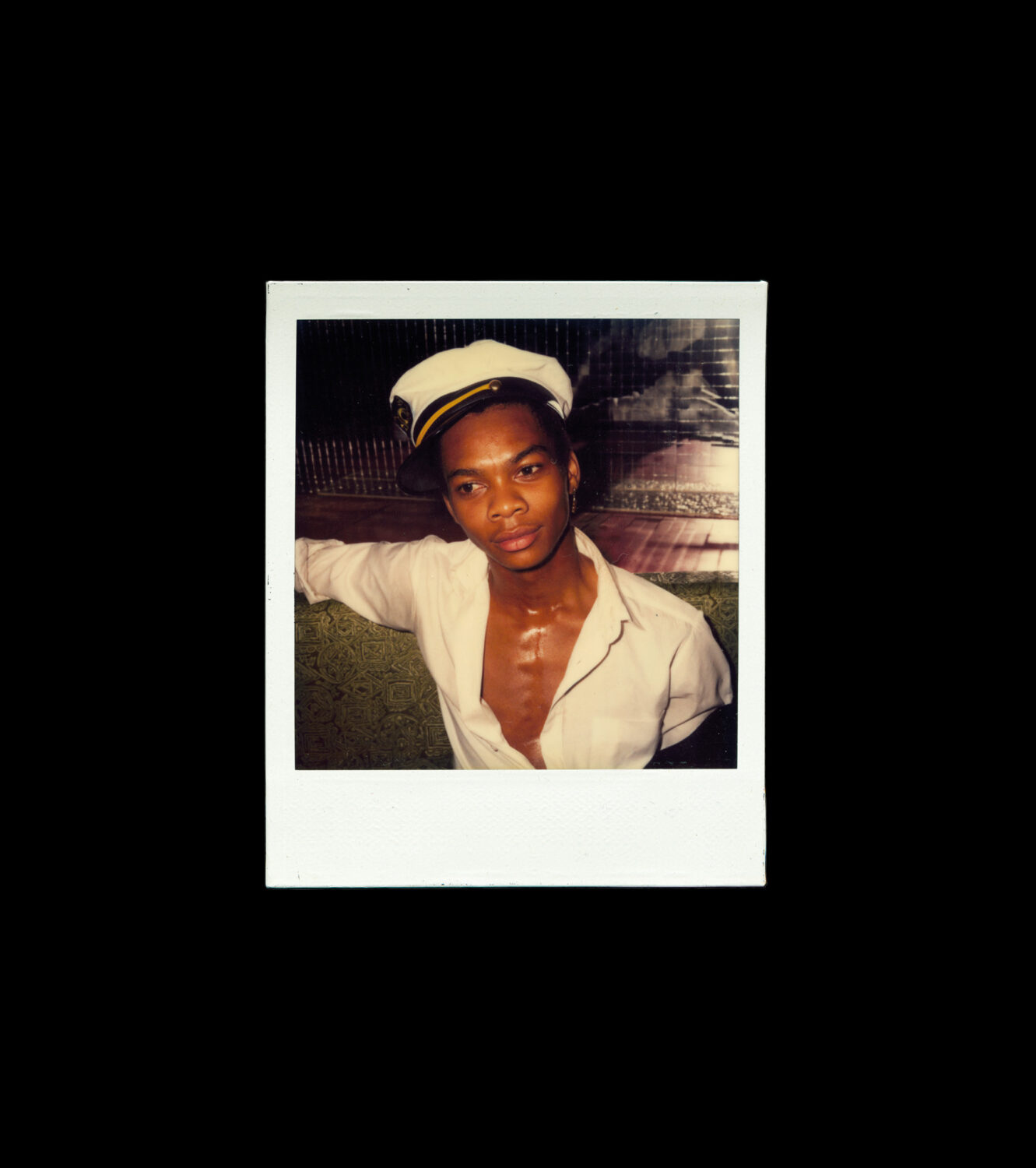
What made you switch to the Polaroid? Was it because you were seeing many around you?
Well actually, it was because of Apeiron. One of my responsibilities was teaching in a community photography programme that was done in local schools. These schools for the most part did not have darkroom facilities, so I decided that Polaroid materials were the best option for the time I spent with the kids. Since the technique was simple, I could focus on using Polaroid photography to learn about perception and how and what we look at. After doing that for a while, I was like, “Yeah this is really fun.”
You started photographing the clubs at 29. Did you also have a photography job before that?
No, I didn’t have any photo jobs – part of the problem, so, I had to use my creativity to come up with a way to support myself and I got this job as the photographer for these high school proms, and the place was a really big, crazy place called the Copacabana. The guy who ran the photo thing – it was black and white photography basically – he would make a print in the basement, and then I would run upstairs, and I would sell the picture to the kids. It was just very outdated, and I knew that there was a better way. So, after I got fired from that job because prom season was over – I actually was very good at it, I was taking money away from the other girls because they weren’t really photographers, and I was – and so I decided to just reinvent that as a Polaroid camera girl.
Then you went to the Ritz, and they took you on as a camera girl. Was that like being the official photographer?
No, I was not that person. I was the person that you called over if you wanted to take a picture with your date or with your friend. There were a lot of people taking photographs there, but nobody was doing what I was doing. I walked around, asked people if they would like a photograph and sometimes – a lot of times, they would say “Yes.” If there was somebody particularly interesting to me, I would ask them if I could take one for my personal collection and most of the time they said, “Yes.” Polaroid pictures were still considered, and they still are considered amateur photography.
Even later on, when I got to be a little better known for my Polaroids, I remember going to Cuba on a job, to photograph the 25th anniversary of the Cuban Revolution in 1984. I proposed that to a magazine to do it in Polaroid. When I got to Cuba, I was considered to be just “Oh, she’s the girl with the Polaroid. We’re not gonna give her anything.” [Laughs] There was a certain group of art photographers who used Polaroid technology, but in general Polaroid was really an amateur process.
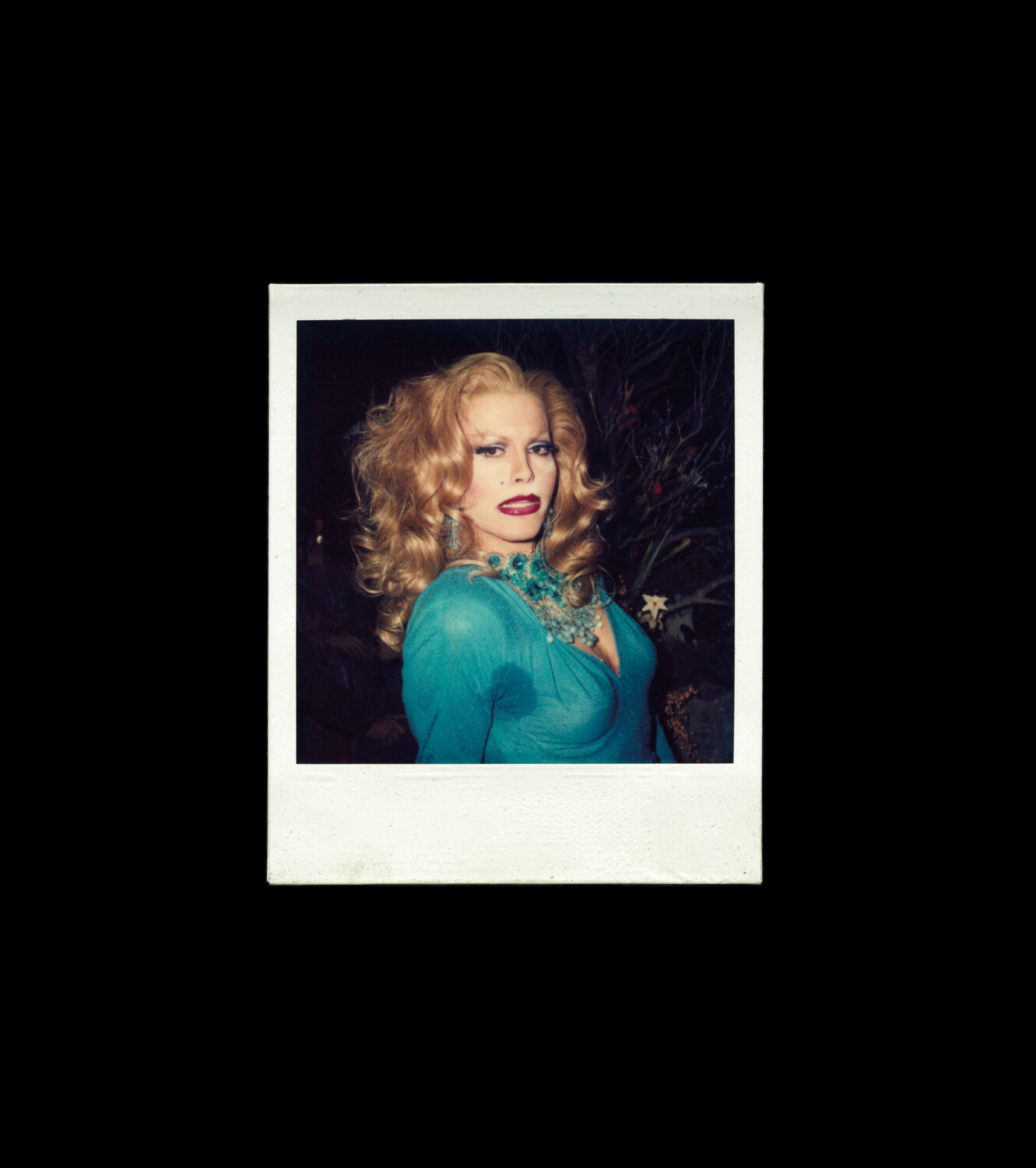
What was a night at work at the Ritz?
My day started early, I slept, I rested. I meditated. I practiced Tai Chi. And I had a bite to eat. I dressed up and got into my character. I went to work at around 11 and, most of the time, the club didn’t really get hopping until after midnight. There were often performances that happened at 11.30 or 12. And then after the performance, people were much looser – they’d been drinking, they’d been smoking weed. They wanted pictures. And sometimes we would have a conversation – mostly it was about the music or what people were wearing. You didn’t get into anything substantial in these places because it was very noisy.
There were big video screens. This was the year that MTV started, and they were playing music videos on the screens. And so there was this background of imagery going on, which was new. Work ended around 4 – that’s when the club closed. Sometimes I would have a drink, sometimes I would go to an after-hours club. But most of the time I was exhausted, and I would just go home. People think it was kind of glamorous and there were parts of it that were glamorous. It was a job.
What kind of photos were the other photographers taking?
When you’re a photographer, you have intentions that maybe aren’t really clear to people. You never know what people are taking pictures of. A lot of them were there to photograph the performances.
You and other people photographing Studio 54 have also mentioned that it was all about getting the right people in. Who were the right people?
I didn’t work regularly at Studio 54. I was not at Studio 54 in the late 70s. That was really the heyday of Studio 54. That was a real celebrity place, and I was more interested in pop culture like, what are the masses doing? Part of the fashion sense had to do with distinguishing yourself so that you would be allowed in. People wanted to be interesting looking, and these places had a limit as to how many people could get into them. That was part of the interesting fashion that people created at the time, it was like, “Wow, who is this person?”
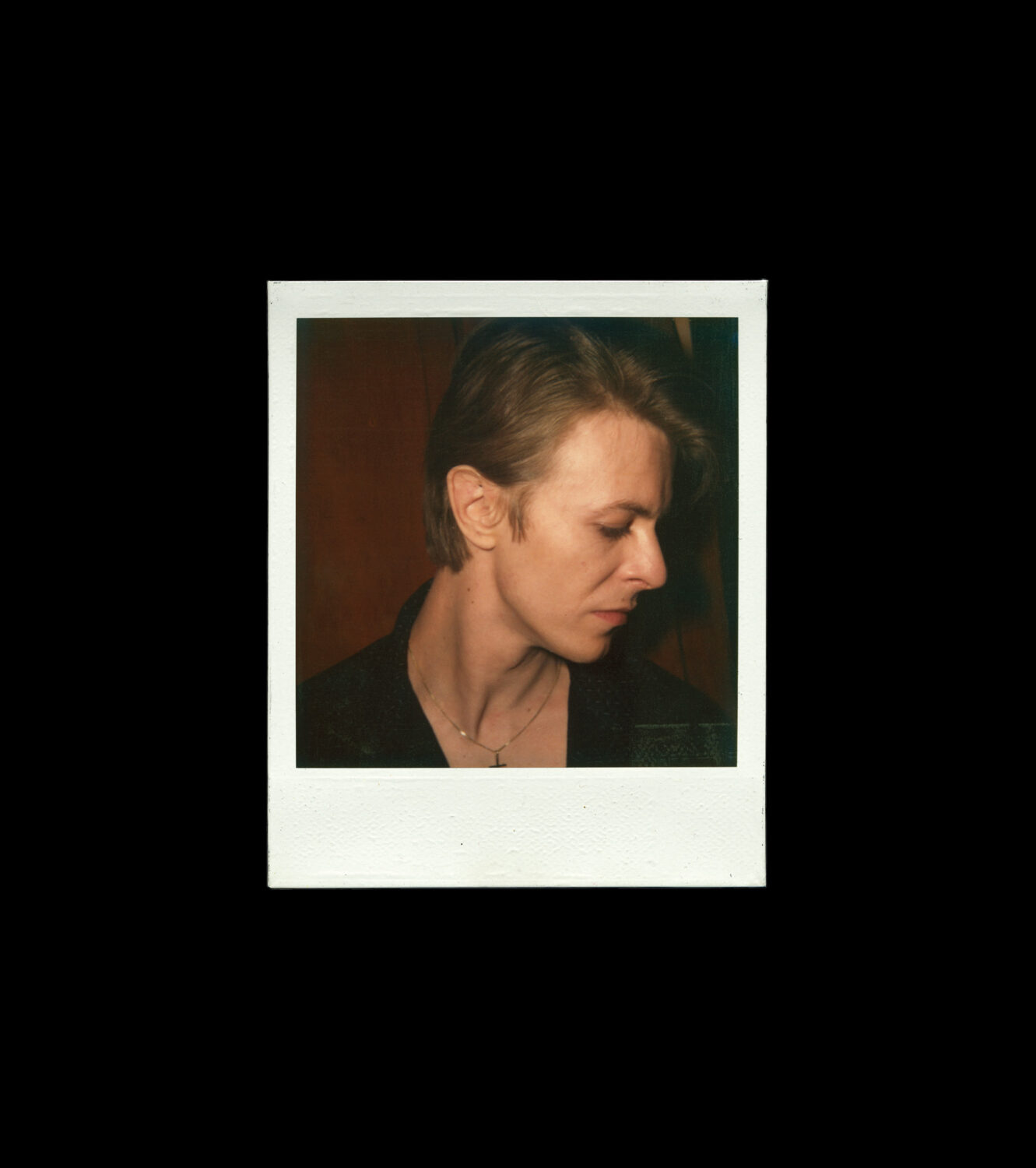
What were the bouncers in these clubs like?
A lot of times people would get into arguments with them. I never saw any physical fight or anything like that, although maybe that happened but I never saw it. But mostly people would just try to talk their way into getting in. The bouncer’s job was to stand there and look intimidating. So, if they said “No,” you would just say, “Okay, we’re not getting in tonight.”
Did you have friends beyond the club scene, considering your work schedule?
Oh, definitely. That was a time when I was learning and practicing Tai Chi, and yoga and it was an interesting contrast between what I was doing in the daytime and what I was doing at night, because my friends during the daytime were not going out at night. They were amazed when I would show them some of these photos.
I noticed a Polaroid with someone wearing a pink bikini on a stage – was that a pageant?
Yeah, that was a bathing suit contest at Roseland Ballroom.
Interesting, do you remember more?
Yeah, she won. [Laughs] In the few years that I went to Roseland, I think that happened only once.
Something I found interesting was the Polaroid of the TV set. What made you take that?
I had just read what I thought at the time was a fascinating book called Four Arguments for the Elimination of Television by Jerry Mander and was surprised to find those ideas manifested in that art installation at the Ritz.
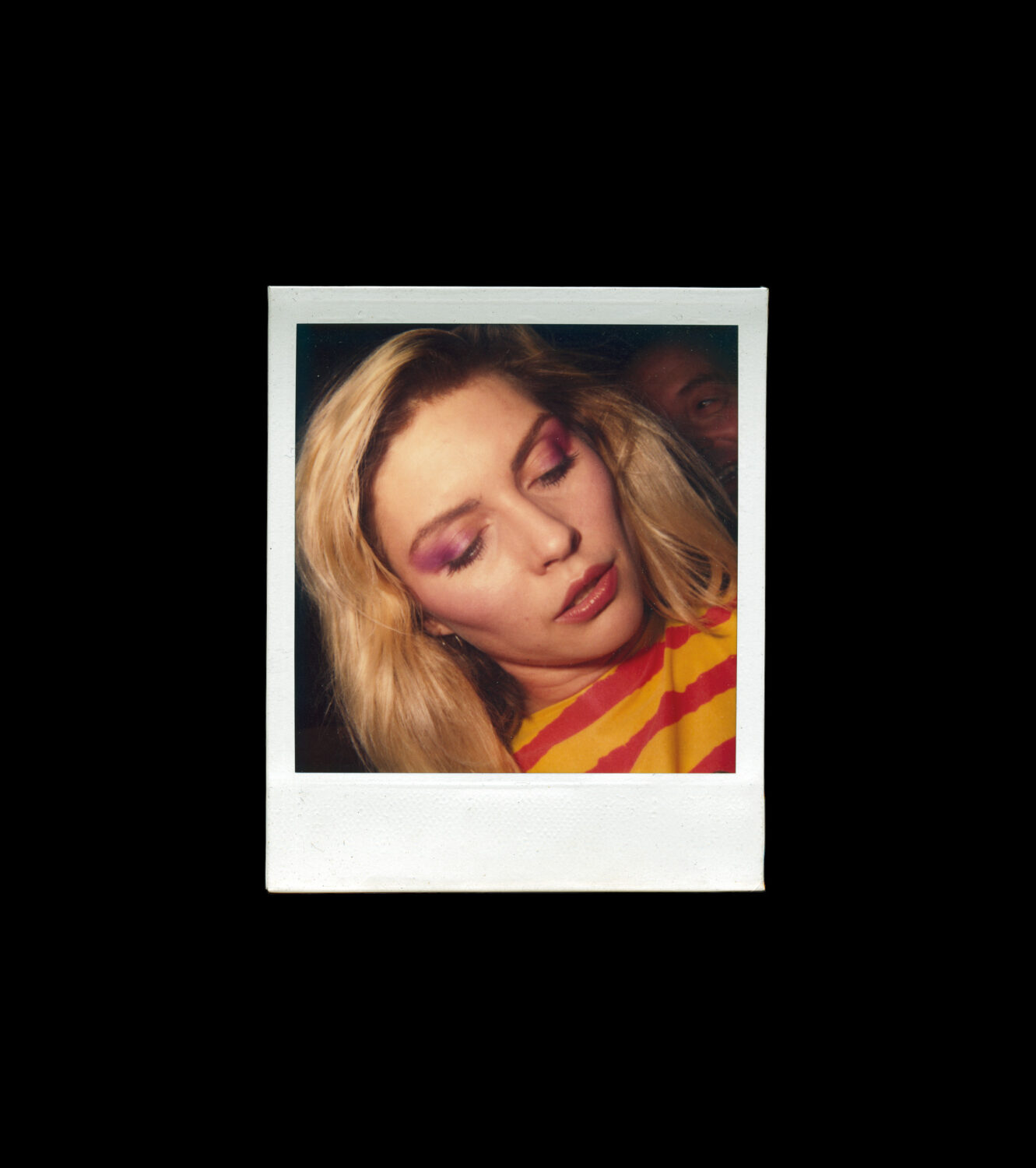
What was your favourite place to work?
That’s such a hard question because every place had a particular flavour. I suppose that since the Ritz was my first place and set me on this journey, I have a particular fondness for the Ritz. But I loved every place for different reasons. I loved Roseland Ballroom because before midnight, the ballroom dancers from Brooklyn and Queens would be there dancing. And then after midnight, the hip-hop kids would come. Whereas the Ritz was kind of downtown, punky, dancehall. Then the Red Parrot was a big gay scene that was incredible. Every place had a certain kind of flavour, and when I would go there, I would walk into a different world. I loved that.
What were the bars 4D, Palladium and New York, New York like?
They were all different at different times during the decade and different clientele. Palladium was a downtown club with younger people. New York, New York was in midtown and sometimes got the Studio 54 spillover that didn’t get into Studio, and 4D was a huge warehouse-like space near the West Side Highway with mostly bridge and tunnel kids.
A lot of these clubs don’t operate anymore, right?
I would say almost all of them.
Did the income from selling Polaroids cover your rent and everyday expenses?
Well, it did for the first few years. I would always do very well on Halloween, and New Year’s Eve and Valentine’s Day, and holidays. The weekends were good, but I needed to supplement my income. From ’84, my schedule changed a little bit, I just went during the weekend, because people didn’t go out so much during the week. I would do other things, get various odd jobs, during the week and if there was somebody special performing, I would go.
Each club had its own vibe, but what kind of music was playing?
Are you on Spotify?
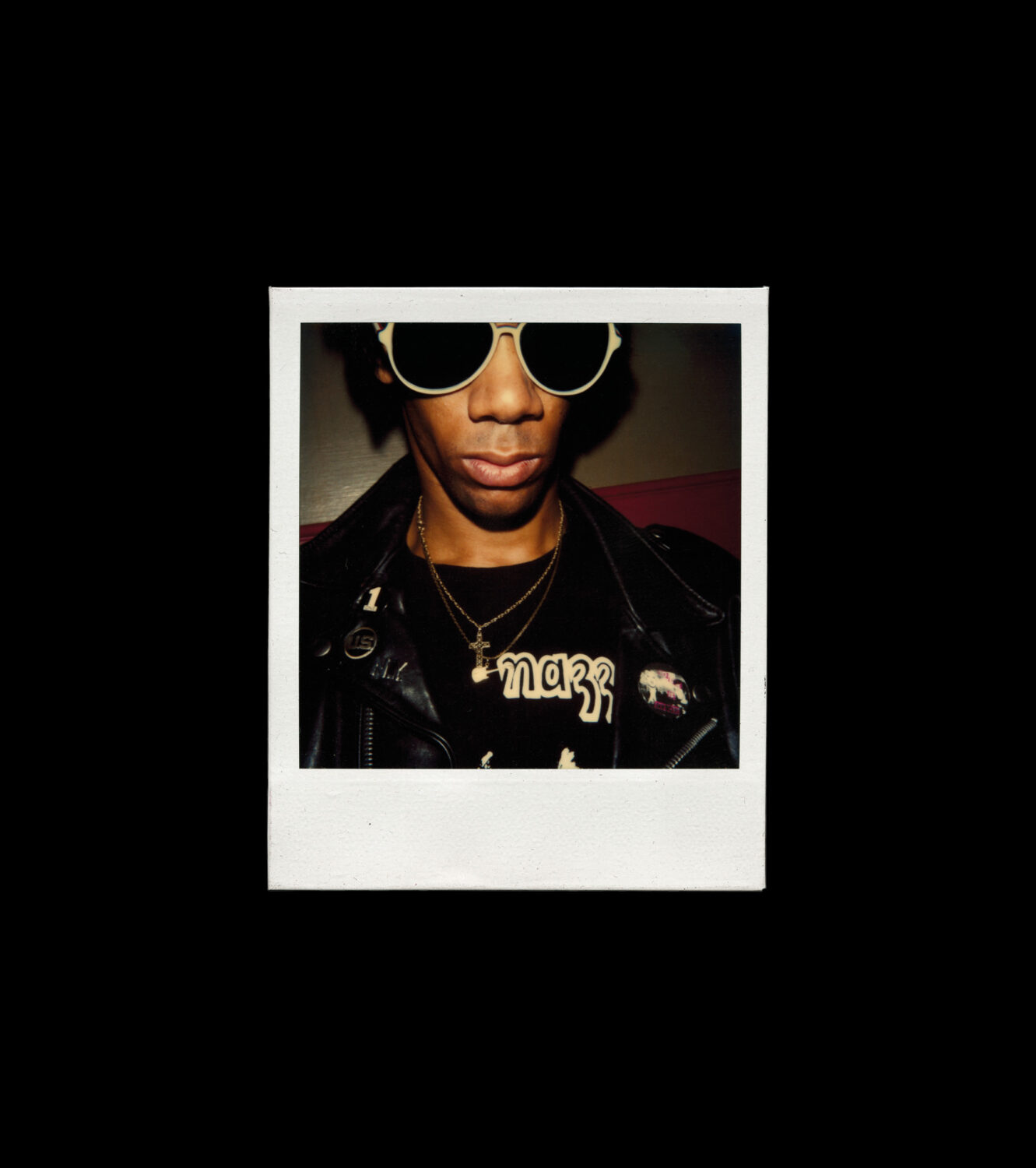
Yes.
So, I’m going to share with you, my playlist. I did an ‘80s playlist for the book launch. It’s like a four-hour playlist.
I do love listening to ‘80s music.
Well, you’ll love it. I mean seriously. So, I just sent it to you. You can play it and imagine yourself walking around in these clubs in the 1980s. [Laughs]
Oh, there’s Donna Summer, Sylvester and the Clash. And Cindy Lauper. Amazing. This was also a time when a lot of drugs like cocaine were hitting the clubs. Was it fuelling the dance scene to thrive?
Some people would say yes. But there were plenty of people just drinking alcohol and smoking weed. And there were many who were just enjoying the music and the scene.
I think someone stepped on your toe in a stiletto?
Actually, it wasn’t my toe but my instep. Very painful. Once while leaving New York, New York in 1982 or 1983, someone tried to mug me but fortunately, nothing happened, and I got away and was safe.
What was the atmosphere in the queer clubs in the ’80s right before the AIDS crisis?
Celebratory, creative, fun, but the spectre of AIDS was hanging over everything and life was precious.
Most people when faced with the people they like, they are apprehensive of meeting the people they admire. How did you muster up the confidence?
I wasn’t photographing celebrities to make money off them. I was photographing them because they looked particularly interesting in that relaxed moment. That was great – to see celebrities hanging out and being relaxed. It wasn’t like I had a job, and I had to get it done. This was my own collection, that I kept for myself. I still have more that aren’t in that book. I wanted a personal collection because I felt like something was happening. Approaching a celebrity was like approaching anybody else. This was a person. That’s something we don’t really understand now because celebrities are on a pedestal and it’s hard to imagine celebrities hanging out in a club with other people. It was a very different time.
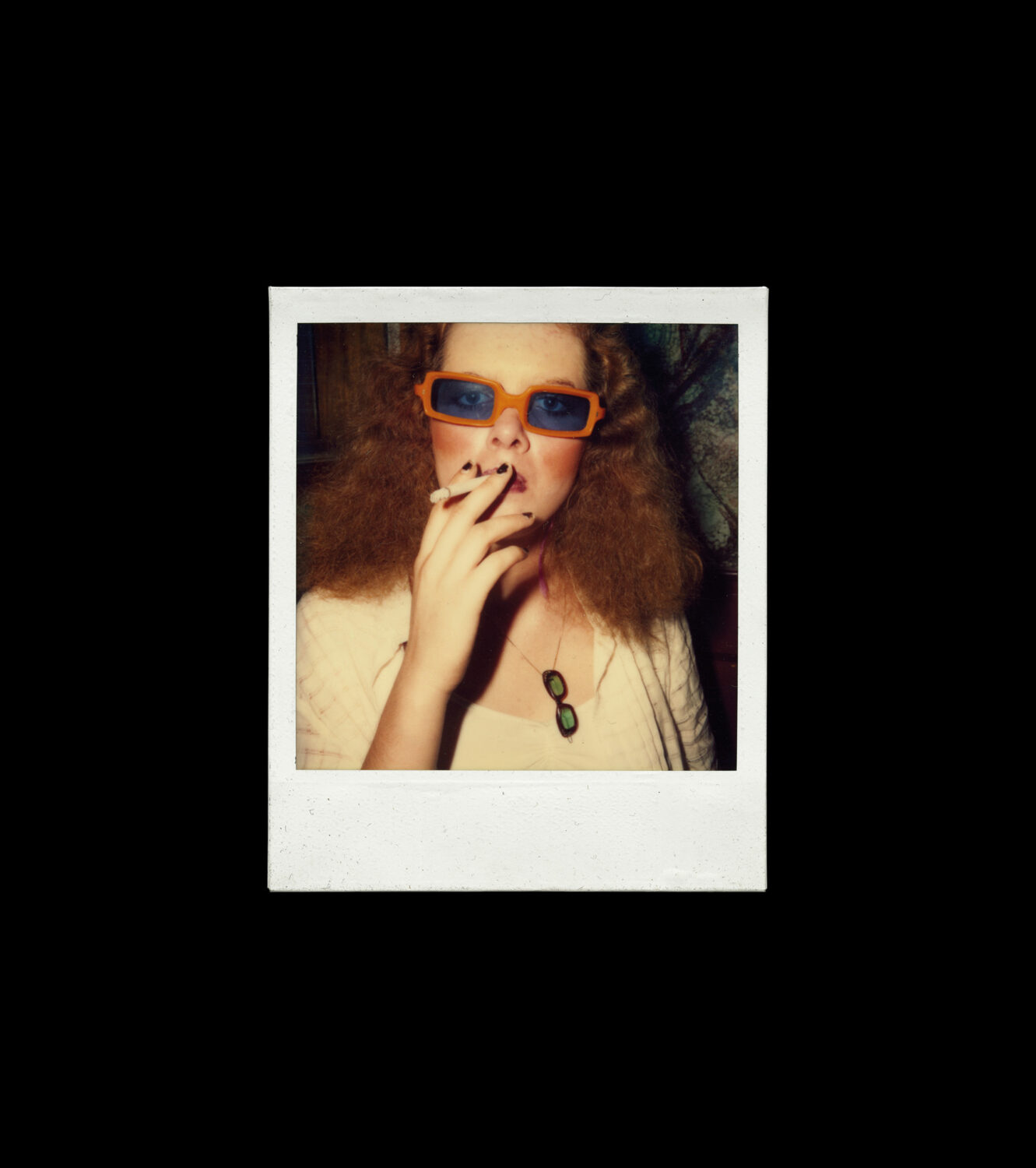
You’ve said before that you needed to sleep, and hence you stopped in 1989. Did you continue photography?
Yes, of course. I was 38 and wanted to get to sleep at a decent hour! But I continued to photograph with an SX-70 until around 1993. Documenting my own life as well as one SX-70 project in Cuba, 1984, and another one in Haiti – I think it was in 1993. My next projects were not in Polaroid. I photographed in Moscow and St. Petersburg from 1990-93 after the breakup of the Soviet Union. Those photos were in a solo exhibition called, Interrupted Lives. Then there were several trips to India where I photographed and also made a documentary film, Saturn Saved Me.
You still live in New York. Do you miss that energy of the ‘80s?
I miss the kind of creativity of the time, and I miss the kind of freedom of that time.
Did you select the photographs together with IDEA, and was it only a small collection?
It was a big process of getting the publisher and I’m really grateful that I ended up with IDEA. They were fantastic to work with and they did a beautiful job on the book. I just can’t sing their praises enough. It was edited by Bill Shapiro, who’s the former editor of LIFE magazine, and we worked together on the sequence. When it was almost ready to go, we tweaked it a little bit with the publisher, and we had a book. I have more that I threw away a few years ago, which I kind of regret. But anyway, I still have probably another hundred, or 150 that I like.
Are you still friends with people from this club scene?
No. However, someone in the book, Ronnie Jackson, came to my book launch. That was so cool! I look forward to getting together with him later this week to chat.
Feature images by Sharon Smith